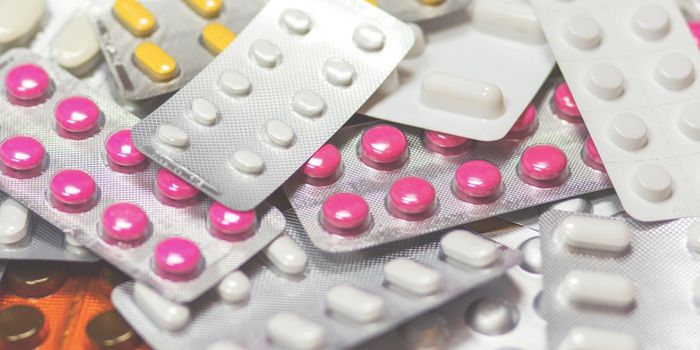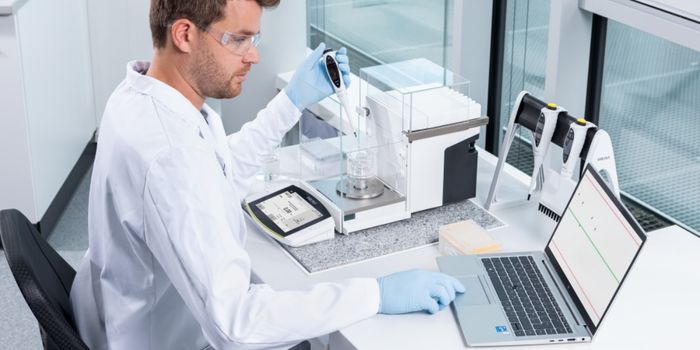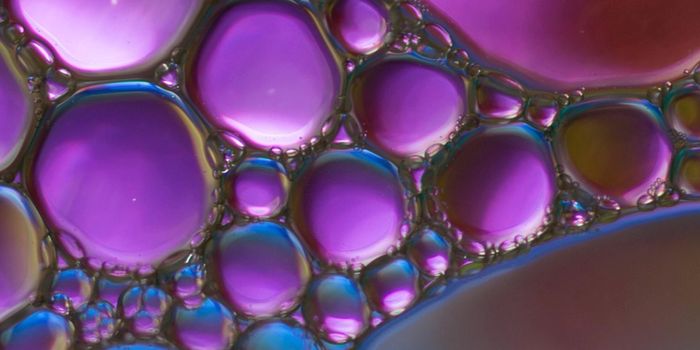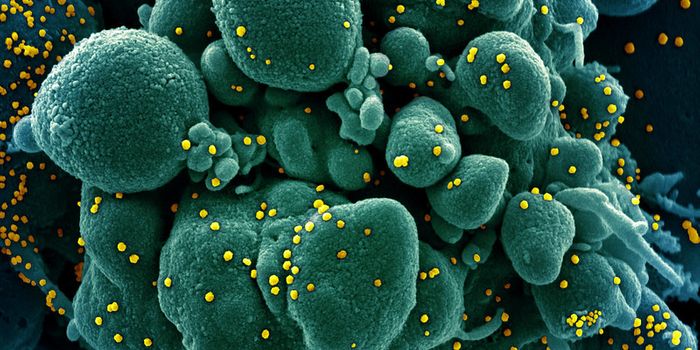How Microbes Use Copper to Make an Antibiotic
Copper is known to have antibacterial properties, and though it's an important chemical for many organisms, it can be toxic in high quantities. Bacteria usually need copper or other transition metals for critical biological processes, but they also have to guard against excess levels of the element. Bacteria are often competing with other microbes for resources, so it's not unusual for bacteria to produce antibacterial compounds. A bacterium called Pseudomonas aeruginosa normally lives in soil but can also cause serious infections. New research reported in Science has outlined a chemical process in P. aeruginosa, and shown that the microorganism uses copper to generate an antibiotic called called fluopsin C.
"This finding helps us understand how this pathogenic bacterium resists copper and out competes our natural microbiota during infection and will drive the discovery of new treatments," said senior study author Bo Li, associate professor of chemistry at the University of North Carolina.
Fluopsin C is a broad-spectrum antibiotic or metalloantibiotic compound that was discovered decades ago and is known metabolite of P. aeruginosa. It can destroy a variety of bacteria and fungi, including some strains that can resist the effects of other drugs. Research has shown that fluopsin C is effective against various types of both Gram-positive and Gram-negative bacteria.
In this study the researchers observed cultures of P. aeruginosa cells absorbing copper, and saw that the copper was incorporated into fluopsin C produced by the microbes.
The study authors used a tool called electron paramagnetic resonance, (EPR) or electron spin resonance spectroscopy (ESR spectroscopy) to investigate the process. EPR is one form of magnetic resonance spectroscopy that can be used to analyze materials with one or more unpaired electron spins.
This work showed that two molecules that contain sulfur attached to each of copper's atoms in a mixture of cis and trans isomers. This research revealed a pathway for synthesizing fluopsin C that does not require hazardous chemicals. This pathway is not like other known processes that either sequester copper or export it from the cell, Li noted.









